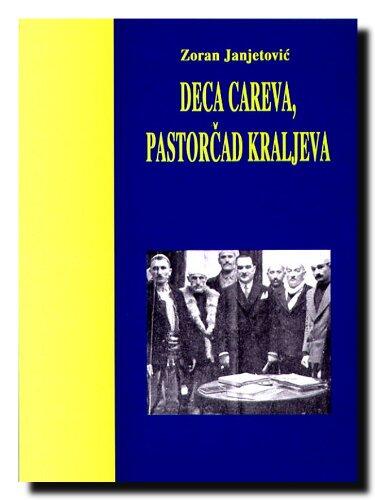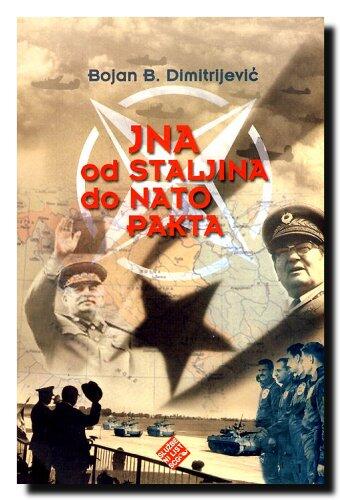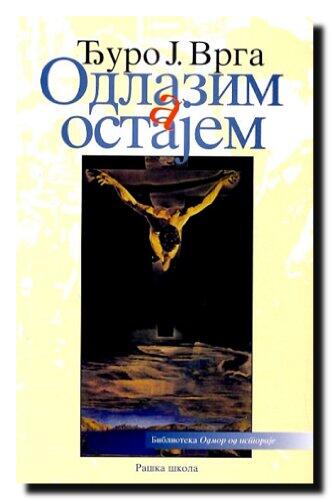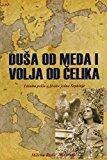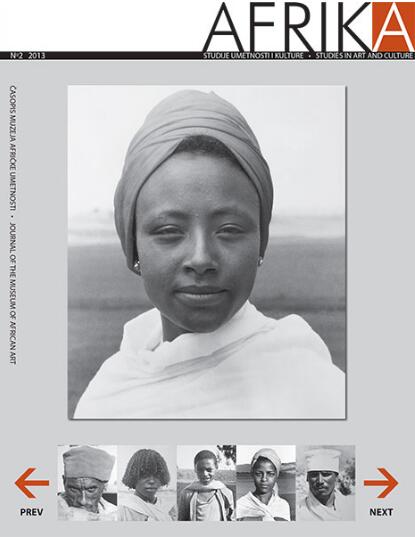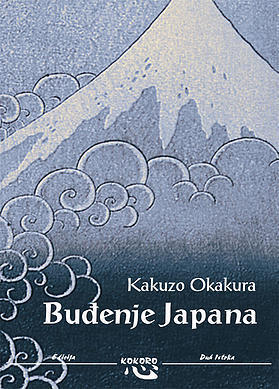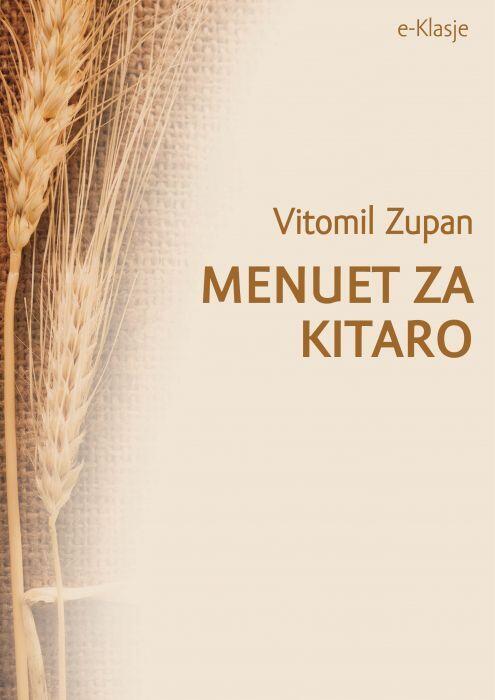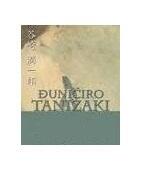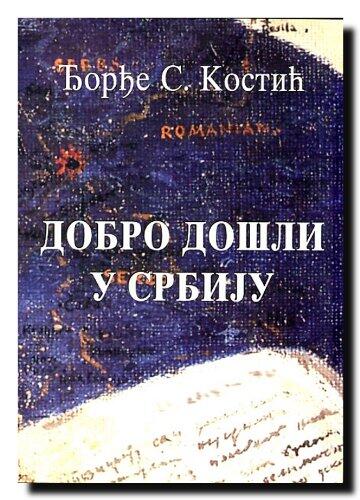
Dobro dosli u Srbiju : Kraljevina Srbija u nemackim vodicima za putnike : 1892-1914
por
Đorđe S. Kostić
Aún sin calificaciones
History
Travel
Formato
Tapa blanda
Páginas
176
Idioma
Serbio
Publicado
Jan 1, 2006
Editorial
Evoluta Beograd
Edición
Biblioteka Hipatija
ISBN-10
8685957117
ISBN-13
9788685957116
Descripción
This fascinating exploration delves into the rich tapestry of early 20th-century travel literature, focusing on the Kingdom of Serbia as depicted by German guidebooks from 1892 to 1914. Through meticulous research, the author unwraps the historical context and cultural perceptions that German travelers carried with them when they ventured into the Balkans. Kostić unveils not only the geography and landmarks of Serbia during this period but also the evolving dynamics of international relations that shaped the narrative of travel.
The book provides insight into how these guidebooks portrayed Serbia to an audience eager to understand a region often shrouded in mystery. Readers can expect to find a blend of descriptive accounts, revealing the landscapes, traditions, and hospitality of the Serbian people, all presented through the lens of foreign perspectives. Each chapter carefully navigates through the assumptions and impressions held by travelers, contrasting their expectations with the realities they encountered.
With a thorough bibliographical section, Kostić draws attention to the importance of these historical texts in understanding both Serbian and European identities. By analyzing the content of these guidebooks, he emphasizes how travel writing can serve as a mirror reflecting societal views and biases of the era. The author effectively connects the past to the present, illuminating the significance of these narratives in contemporary discussions about identity and cultural exchange.
Overall, this work stands as a significant contribution to the fields of history, tourism studies, and cultural analysis, inviting readers to appreciate the intricate relationships forged through travel and the enduring impact these early impressions had on perceptions of Serbia in the Western world.
The book provides insight into how these guidebooks portrayed Serbia to an audience eager to understand a region often shrouded in mystery. Readers can expect to find a blend of descriptive accounts, revealing the landscapes, traditions, and hospitality of the Serbian people, all presented through the lens of foreign perspectives. Each chapter carefully navigates through the assumptions and impressions held by travelers, contrasting their expectations with the realities they encountered.
With a thorough bibliographical section, Kostić draws attention to the importance of these historical texts in understanding both Serbian and European identities. By analyzing the content of these guidebooks, he emphasizes how travel writing can serve as a mirror reflecting societal views and biases of the era. The author effectively connects the past to the present, illuminating the significance of these narratives in contemporary discussions about identity and cultural exchange.
Overall, this work stands as a significant contribution to the fields of history, tourism studies, and cultural analysis, inviting readers to appreciate the intricate relationships forged through travel and the enduring impact these early impressions had on perceptions of Serbia in the Western world.
Reseñas
No hay reseñas aún
Sé el primero en reseñar este libro y compartir tus pensamientos
Añadir Primera ReseñaRegistro de lectura
No se encontraron registros de lectura
Empieza a rastrear tu progreso de lectura para ver los registros aquí
Agrega tu primer registro de lecturaNotas
Registro de transacciones
No se encontraron registros de transacciones
Empieza a rastrear tus transacciones de libros para ver los registros aquí
Agrega tu primer registro de transacciones
